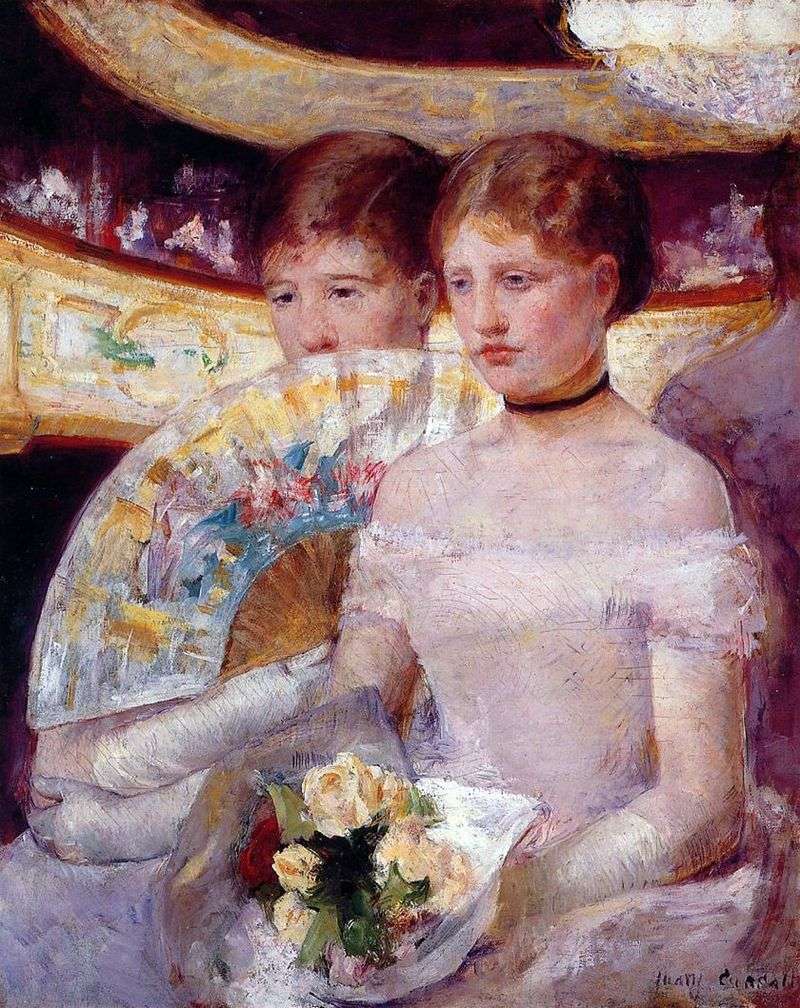
The theme of a nude female body attracted many painters, not to mention the impressionists, sometimes “stuck” in this story beyond measure. Interesting in this aspect is the approach of Cassatt, a woman with a freedom-loving American character, but decently educated, and living in a bourgeois society that presupposed the observance of many rules in the behavior of the lady.
Carefully, it seems, afraid of touching even the line beyond which the viewer may have thoughts of vulgarity, Cassatt creates an engraving “The Washing Woman,” in which she first depicts the slightly naked body of a woman. The “erotic” scene is limited only by the bend of the bare back. According to critics, such a puritanical approach to this topic is due to the fact that the artist did not care about this topic, since she herself is a woman. Then, what dictated the need to hide the face of the model?
The engraving was created after Cassatt’s acquaintance with the Japanese graphics, and the comprehension of this direction in the mainstream of her work, while she did not just combine the Eastern tradition with the West-European style, but embodied the individual vision of the topic.
Represents one of the works that decorated a series of ten etchings exhibited by Durand-Ruelle.
 Morning WC by Mary Cassatt
Morning WC by Mary Cassatt Explanation by Mary Cassatt
Explanation by Mary Cassatt The girl is combing her hair by Mary Cassatt
The girl is combing her hair by Mary Cassatt Hairstyle by Mary Cassatt
Hairstyle by Mary Cassatt A woman in a blue blouse with a red tie by Mary Cassatt
A woman in a blue blouse with a red tie by Mary Cassatt Mother and child in a cart by Mary Cassatt
Mother and child in a cart by Mary Cassatt The Lodge by Mary Cassatt
The Lodge by Mary Cassatt Long gloves by Mary Cassatt
Long gloves by Mary Cassatt